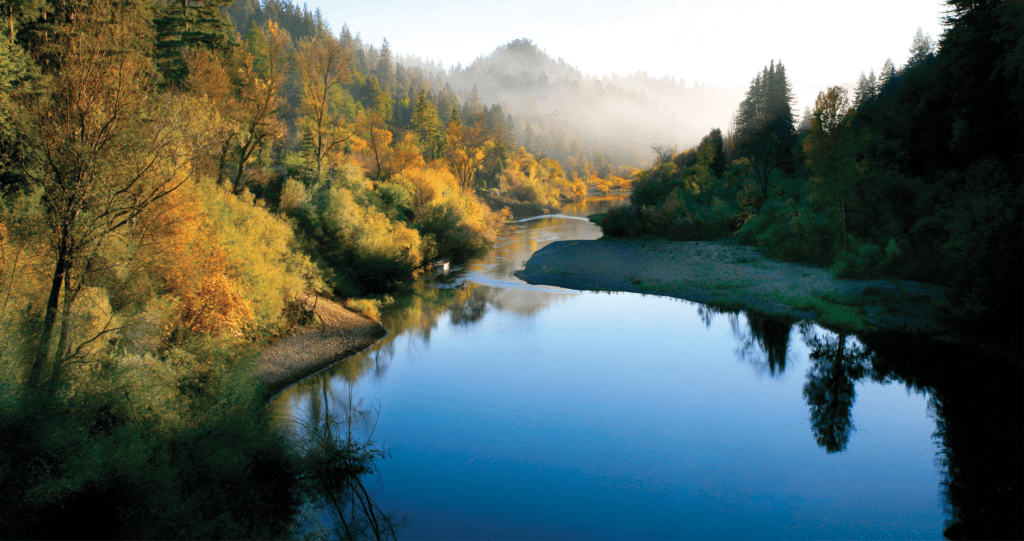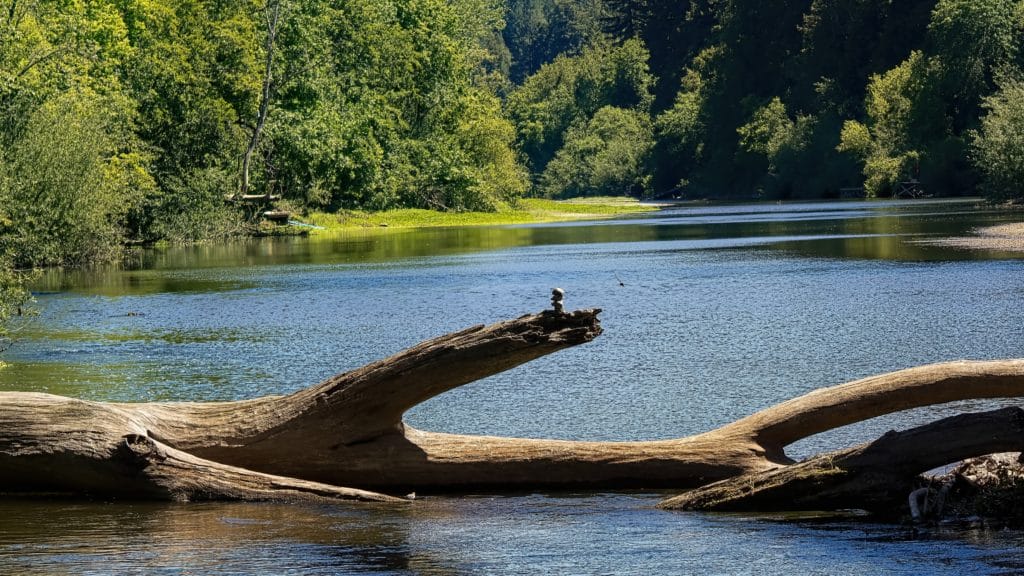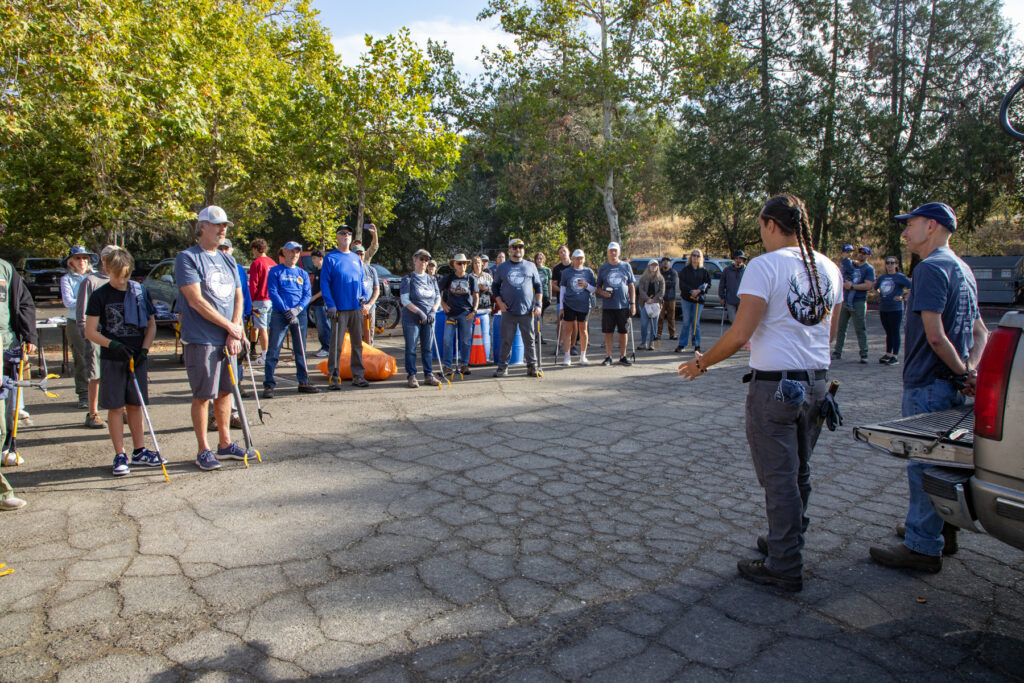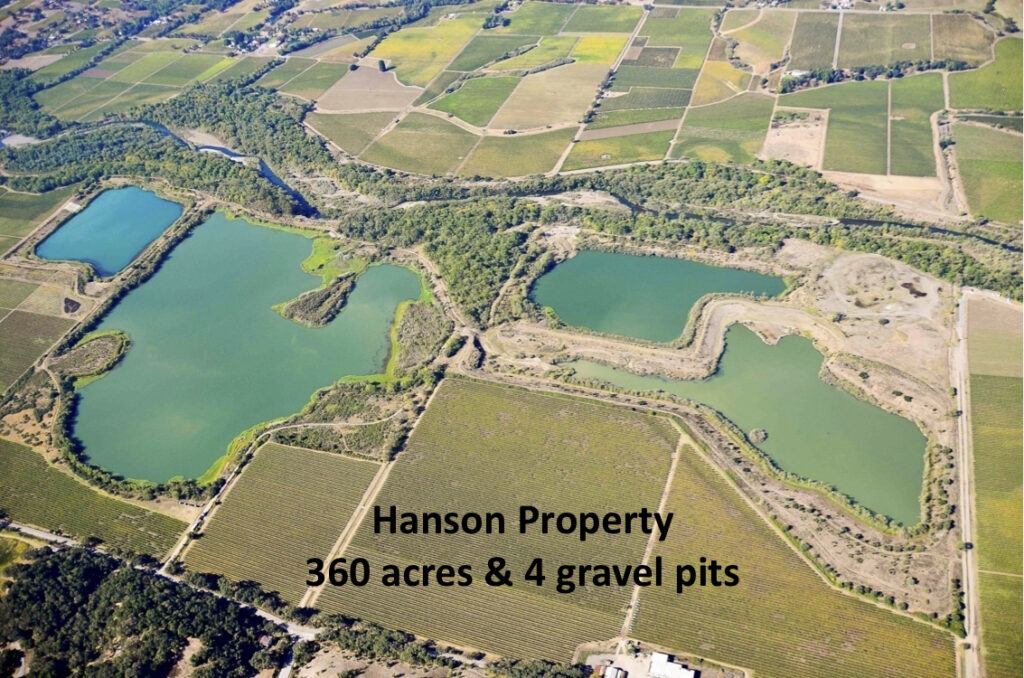When it rains, every house, parking lot, building and street becomes directly connected to our river. Whether you live twenty feet or twenty miles from the river, as rain falls it picks up trash, dirt, fertilizers, pet waste, pesticides and more and rushes them to local creeks which flow into the river.
We recently talked to students at Cali Calmecac Language Academy in Windsor about keeping trash out of the river. To illustrate how trash dropped on their playground can get to the river, we shared a map showing how their campus is connected to the river. Once the rains produce enough runoff trash floats or is carried to storm drains and ultimately to the river and then the ocean.

As we’re getting into the rain season, it’s helpful to look around your home, business or neighborhood for anything the rain might drag to the river. Those stormdrains in your neighborhood don’t go to a treatment plant, they go directly to our river. So never put trash or yard waste or other pollutants in them!
Simple steps around your home or business can ensure our river is protected and clean. If you have a pet, this is the time to pick up pet waste before it is washed into our river, the same river where we get our drinking water. Pet waste is loaded with nutrients and bacteria (yuck!), so the simple act of picking it up makes a big difference.
If you have any paints, chemicals or fertilizers stored on the ground floor in flood prone areas, move them to a place that is high and dry. If you don’t need those products anymore, you can check out zerowastesonoma.gov to learn where you can safely dispose of almost any material. If you do use fertilizers or pesticides avoid applying before forecasted rain, that will also make sure you don’t waste it when rain washes it away.
If you have bare soil or soil stockpiles, consider covering them with tarps or mulch to avoid putting dirt in our river. Dirt is the biggest pollutant in the Russian River and harms endangered salmon. If you have large accumulations of leaves on hard surfaces, rake them up so they don’t clog drain inlets. Yard waste can increase potentially harmful algal blooms. Putting yardwaste in your greenwaste or compost bins keeps it from being a problem.
For people who live along the river or major creeks, this is the time of year to double check on anything that might get carried away by floodwater – beach chairs, umbrellas, kayaks, kid’s toys. This all becomes trash in a flood. We have found some of these items on North Jenner beach, but the majority is swept out to the ocean. One of our offshore paddleboarding friends went a half mile offshore of Jenner after a flood. They reported seeing picnic benches, a swing set, large plastic kid’s toys and other floating debris that was once in someone’s yard. If you wait until flood warnings, it’s often too late.
Our Clean Team kicks into high gear starting in October to make sure our river corridor is trash free. They work with local homeless individuals to help them move to higher ground.
Now is the time to secure things the rain might carry away. Please take a few minutes to check your home to be sure you are the solution to stormwater pollution!






